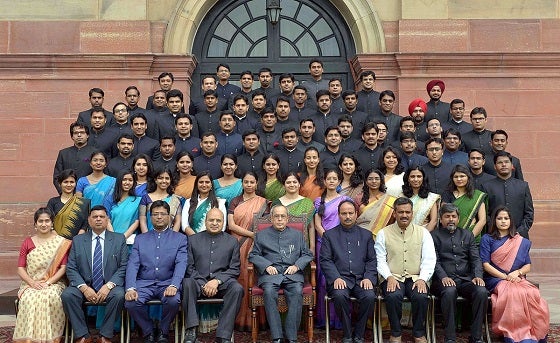It is widely believed that the original ‘steel frame’ of the Indian civil services is now cracking and the service is not able to deliver up to expectations. Various models and reforms are being considered for its improvement. Whilst anything being considered for its ‘recast’ has been felt and talked about much earlier, it is the implementation of the reform measures that needs to be strengthened. The maladies are the usual and fairly well known: short tenures, political interference, age at entrance, monetary compensation and attraction for political alignment. These maladies have been addressed in the first and second administrative commissions and remedial action was suggested. However, implementation of these suggestions has been lacking. There is a need for ensuring recruitment of officers at a maximum age of about 25 years, providing professional training at higher level, ensuring fixity of tenures, weeding out officers perceived as deadwood and enhanced compensation at the higher echelons.
Going forward, a mere tinkering will not be sufficient, as the government will have to show sufficient political will to overcome the problems. In the modern world, the civil service has to play the role of a facilitator and not merely perform the role of a regulator. It is important to free the bureaucracy from political pressures to ensure that it delivers with objectivity and transparency. This will improve the capability of the government to ensure sustained economic development as well as deliver welfare programmes to the targeted population. An attempt is made in this paper to analyse the shortcomings and then suggest a course for reforms.
-
 More From :
More From :
-
 Tags :
Tags :
-
 Download PDF
Download PDF



